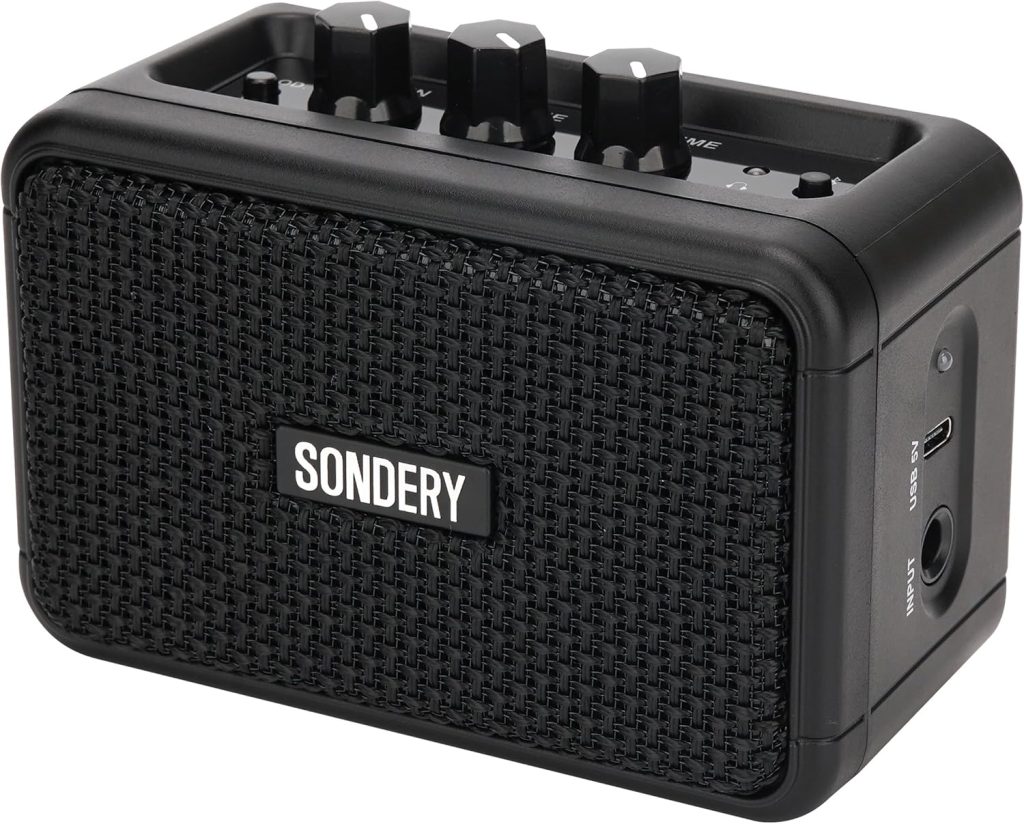Guitar amplifiers are essential for projecting and shaping the sound of electric guitars, and they play a crucial role in defining your tone. Choosing the right amplifier can significantly enhance your playing experience, whether you’re practicing at home or performing on stage.
Types of Guitar Amplifiers
1. Tube Amplifiers
Warm, Rich Tone: Tube amplifiers, also known as valve amplifiers, are revered for their warm, rich, and dynamic tone. They use vacuum tubes to amplify the signal, producing a natural compression and harmonic distortion that many guitarists love.
Responsive to Playing Dynamics: Tube amps are highly responsive to your playing dynamics, delivering a nuanced and expressive sound. However, they require regular maintenance and are generally heavier and more expensive than other types.
2. Solid-State Amplifiers
Durable and Reliable: Solid-state amplifiers use transistors instead of tubes, making them more durable and reliable. They are often more affordable and require less maintenance, making them a popular choice for beginners and gigging musicians.
Consistent Tone: While solid-state amps may not offer the same warmth as tube amps, they provide a consistent and clean tone. They are ideal for players who need a reliable amp that performs well in various settings.
3. Modeling Amplifiers
Versatile Sound Options: Modeling amplifiers use digital technology to emulate the sound of various amp types, effects, and speaker cabinets. They offer a wide range of tones and are perfect for players who want versatility without needing multiple amps.
Integrated Effects: Many modeling amps come with built-in effects, making them a convenient all-in-one solution for players who enjoy experimenting with different sounds.
4. Hybrid Amplifiers
Best of Both Worlds: Hybrid amplifiers combine tube and solid-state technology, offering the warmth of a tube amp with the reliability and affordability of a solid-state amp. They often feature a tube preamp and a solid-state power amp, providing a balanced tone.
Balanced Tone and Performance: These amps are a great option for players who want the benefits of tube sound without the full cost or maintenance requirements.
Choosing the Right Amplifier
When selecting a guitar amplifier, consider the following:
- Power and Wattage: Choose an amp with the appropriate wattage for your needs. Lower wattage amps (5-20 watts) are great for practice and small gigs, while higher wattage amps (30 watts and above) are suitable for larger venues.
- Portability: Consider the size and weight of the amp if you plan to move it frequently. Smaller amps are easier to transport, while larger amps provide more power and depth.
- Tone and Features: Think about the tone you want to achieve and whether you need built-in effects, multiple channels, or other features that suit your playing style.
Conclusion
Guitar amplifiers are key to shaping your sound and enhancing your playing experience. Whether you prefer the warmth of a tube amp, the reliability of a solid-state amp, the versatility of a modeling amp, or the balance of a hybrid amp, choosing the right amplifier is crucial for achieving your desired tone.
At My Guitar Advisor, we provide in-depth reviews of guitar amplifiers to help you find the perfect match for your playing style and needs. With the right amplifier, you’ll be able to express your musicality fully, whether in the studio, on stage, or at home.








